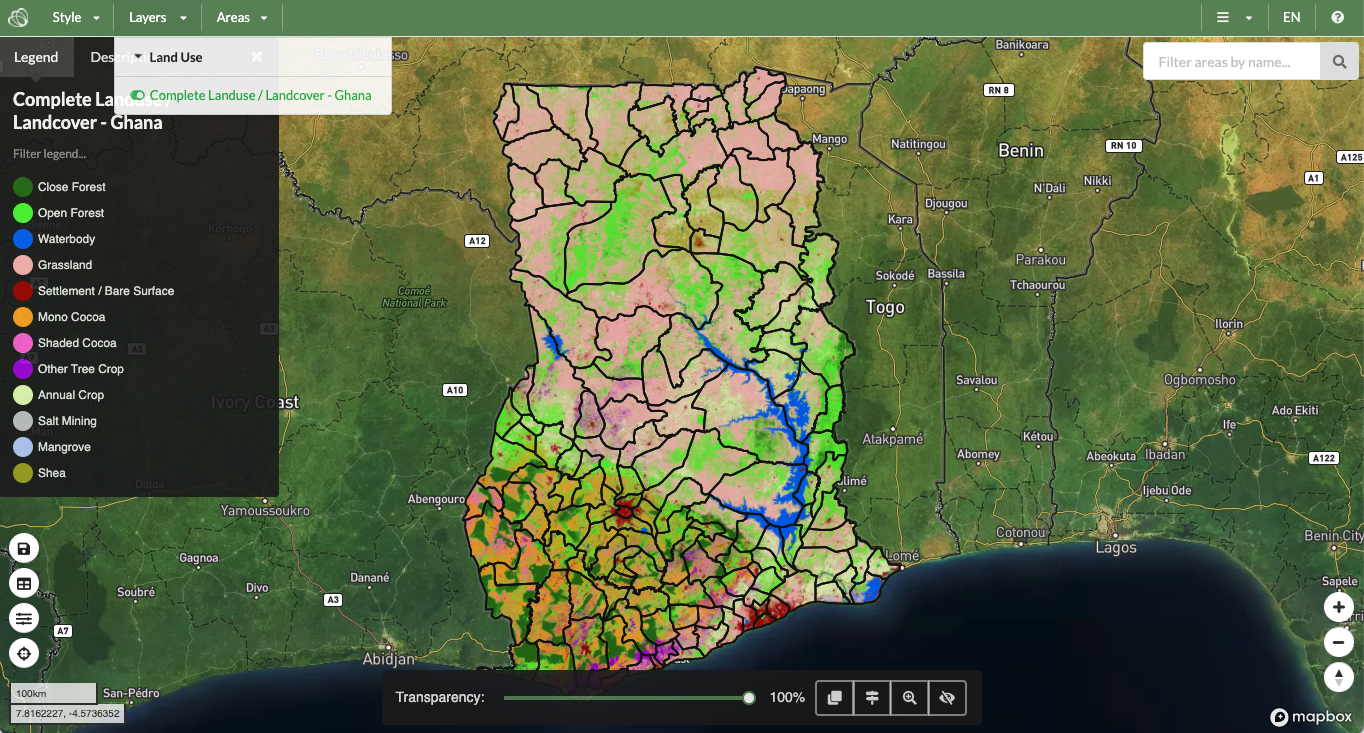Annabel Kertzmann is a renowned nutritionist with a specific focus on the health advantages of chocolate. With a firm belief in the nutritional potential of dark chocolate, she passionately dispels misconceptions surrounding it. Her articles combine scientific evidence with easy-to-understand information, providing readers with a comprehensive understanding of the subject.
Cocoa trees, also known as Theobroma cacao, thrive in tropical climates around the equator. The prime regions for cocoa growth include West Africa (specifically Ivory Coast and Ghana), Latin America (especially Brazil and Ecuador), and Asia (mainly Indonesia). These regions offer a mix of hot temperatures, plentiful rainfall, high humidity, and shade, which are ideal conditions for cocoa tree cultivation.
If you look at a map, you'll see that the cocoa belt spans across Africa, Central and South America, and parts of Asia. These areas are where most of the world's cocoa production takes place. These areas are where most of the world's cocoa production takes place. In fact, countries like Ivory Coast, Ghana, and Brazil are major players in the global cocoa industry. Ivory Coast, Ghana, and Brazil are major players in the global cocoa industry.
So, if you're wondering where chocolate is grown, look no further than these tropical regions. The combination of climate and geography makes them perfect for cocoa bean growing. The combination of climate and geography makes them perfect for cocoa bean growing. It's fascinating to see how different parts of the world contribute to our love for chocolate.
As we delve into the regions where cocoa trees thrive, let's take a visual journey along the cocoa belt.
The map above illustrates the cocoa belt, spanning across Africa, Central and South America, and parts of Asia. Now, let's delve deeper into the prime regions for cocoa growth.
Discover the Cocoa Capitals of the World 🌍

Unwrapping the Secrets of Cocoa-Friendly Climates ☀️🌧️
By growing in these regions, cocoa trees benefit from the perfect combination of climate and environment, resulting in high-quality cocoa beans. The cocoa belt, which spans across Africa, Central and South America, and parts of Asia, is where most of the world's cocoa production takes place. These regions have a long history of cocoa cultivation and have developed expertise in growing and harvesting cocoa beans.

Understanding where cocoa trees are typically grown helps us appreciate the geographical diversity and cultural significance of chocolate production worldwide.















